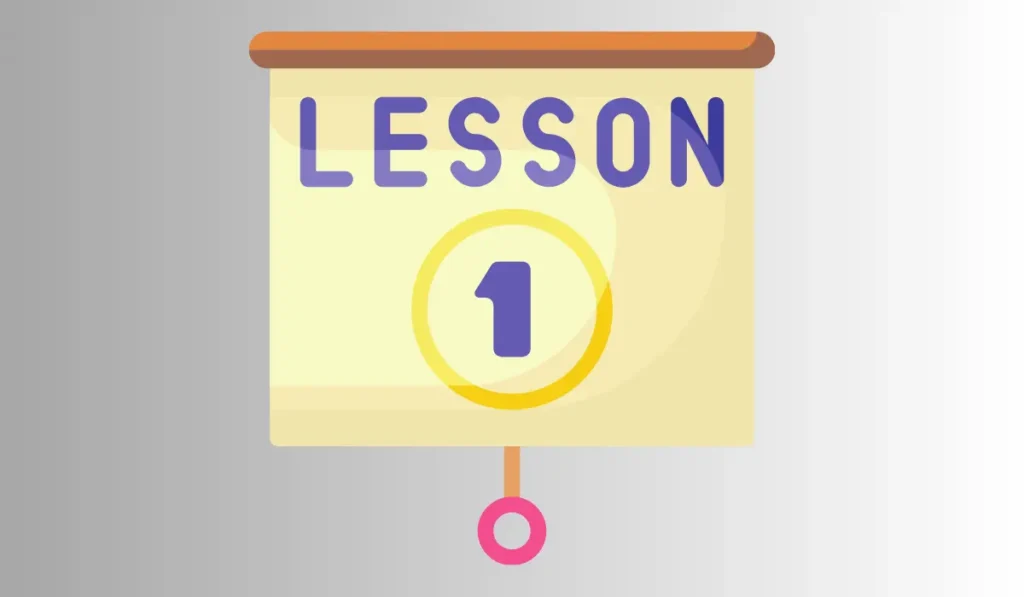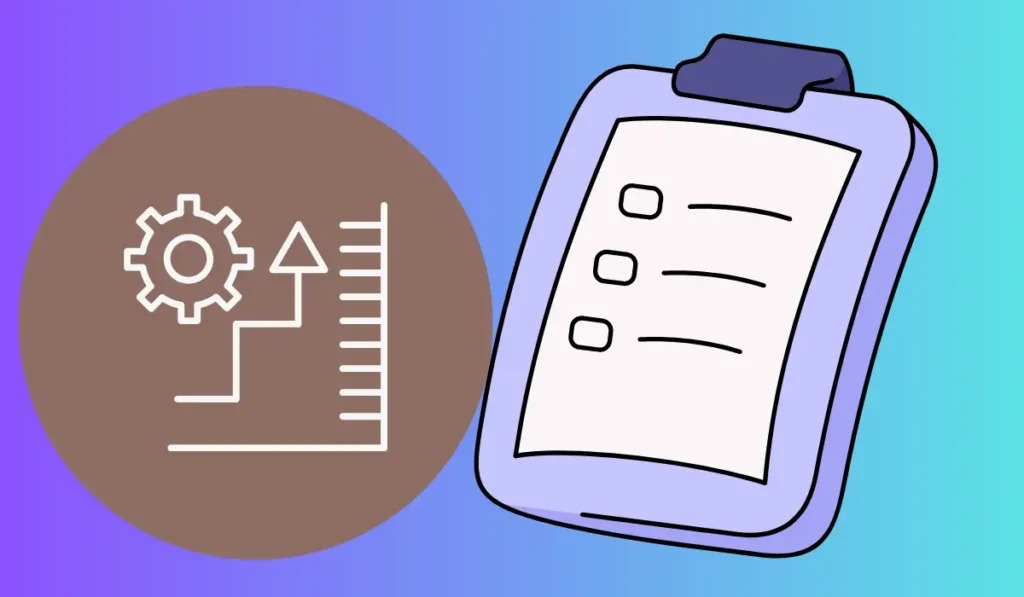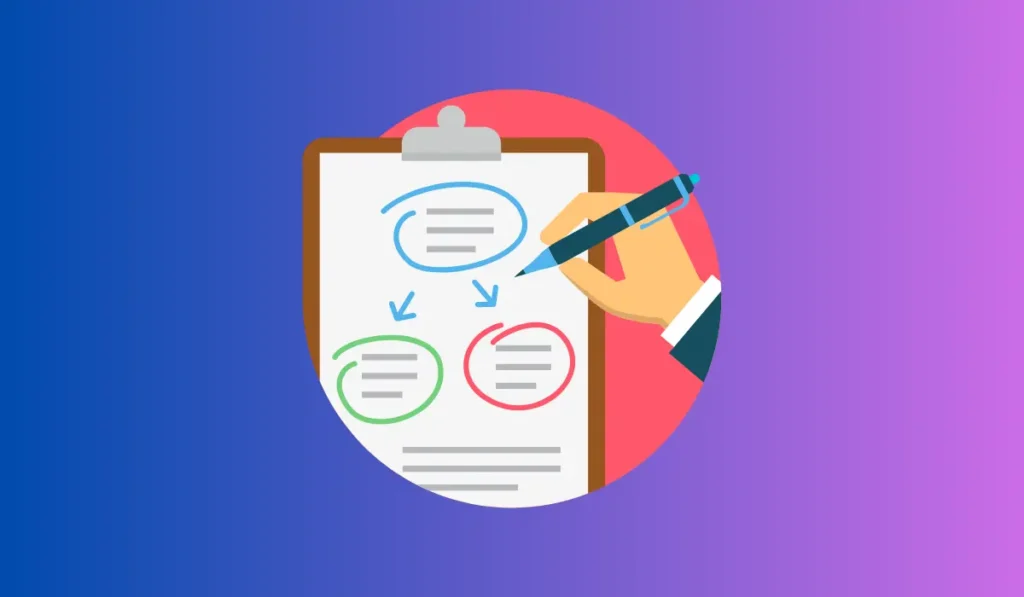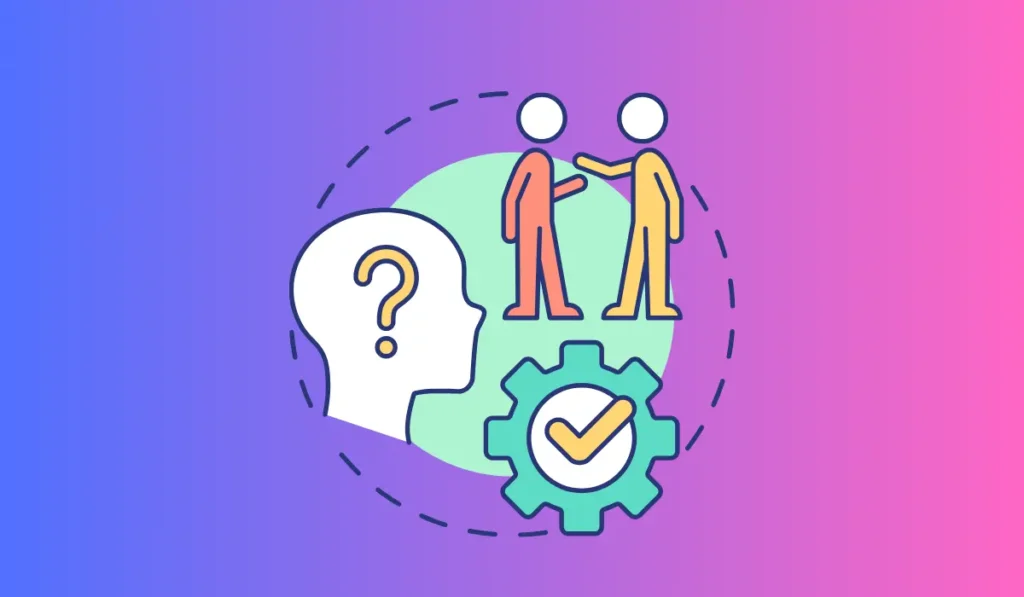Lesson planning is a crucial aspect of effective teaching. It involves careful consideration of various approaches to ensure that learning objectives are met and students are engaged in meaningful activities.
There are several approaches to lesson planning, each with its unique focus and methodology. In this post, we will explore some of the common approaches used by educators to develop effective lesson plans.

Traditional Approaches of Lesson Planning
Over the years, various approaches to lesson planning have emerged, each with its own unique characteristics and benefits.
One of the oldest and most widely used traditional approaches to lesson planning is the “lecture” method. This approach involves the teacher delivering information to students through a structured presentation.
The lecture method is often used in higher education settings, where professors have extensive knowledge and expertise in their subject areas. While this approach can be effective in disseminating information, it may not engage students actively in the learning process.
Another traditional approach to lesson planning is the “direct instruction” method. This method focuses on explicit teaching, where the teacher provides step-by-step instructions and models for students to follow.
Direct instruction is commonly used in elementary schools, where students are introduced to new concepts and skills. This approach allows for a systematic and organized delivery of content, ensuring that students grasp the fundamentals before moving on to more complex topics.
The “drill and practice” approach is yet another traditional method of lesson planning. This approach emphasizes repetition and reinforcement of skills through structured exercises and activities.
Drill and practice is often used in subjects such as mathematics and foreign languages, where students need to develop fluency and accuracy. While this approach can be effective in building foundational skills, it may not promote critical thinking or creativity.
Modern Approaches of Lesson Planning
In today’s rapidly changing educational landscape, teachers are constantly seeking innovative ways to engage their students and enhance their learning experiences. One area that has seen significant advancements is lesson planning.
Gone are the days of rigid, one-size-fits-all lesson plans. Instead, modern educators are embracing a variety of approaches that cater to the diverse needs and interests of their students.
One approach that has gained popularity in recent years is the flipped classroom model. This approach flips the traditional teaching model on its head by having students learn new content outside of the classroom, typically through online videos or readings.
This allows for more interactive and engaging activities to take place during class time. By shifting the focus from teacher-led instruction to student-centered learning, the flipped classroom model encourages active participation and collaboration among students.
Another modern approach to lesson planning is project-based learning. This approach emphasizes hands-on, real-world experiences that allow students to apply their knowledge and skills to solve authentic problems.
Instead of passively absorbing information, students are actively involved in the learning process, working on projects that require critical thinking, problem-solving, and creativity.
Project-based learning not only fosters a deeper understanding of the subject matter but also helps develop important 21st-century skills such as collaboration, communication, and adaptability.
Differentiated instruction is yet another approach that has gained traction in recent years. This approach recognizes that students have different learning styles, abilities, and interests, and therefore need different instructional strategies to succeed.

Constructivist Approaches to Lesson Planning
At its core, constructivist lesson planning is based on the belief that learning is an active process that occurs when students actively engage with the material and construct their own understanding.
This approach emphasizes the importance of hands-on activities, group work, and real-world applications to help students make connections and deepen their understanding.
One key principle of constructivist lesson planning is the use of open-ended questions. Instead of simply providing students with information, teachers using this approach encourage students to think critically and explore different perspectives.
By asking open-ended questions, teachers can stimulate students’ curiosity and encourage them to actively participate in the learning process.
Another important aspect of constructivist lesson planning is the use of scaffolding.
Scaffolding refers to the support and guidance provided by the teacher to help students build on their existing knowledge and skills.
This can be done through modeling, providing examples, and offering feedback. By scaffolding their instruction, teachers can help students gradually develop their understanding and become more independent learners.
In constructivist lesson planning, the role of the teacher shifts from being the sole provider of knowledge to that of a facilitator. Instead of lecturing, teachers using this approach create opportunities for students to explore, discover, and construct their own knowledge.
This can be done through hands-on activities, experiments, and problem-solving tasks. By taking on the role of a facilitator, teachers can foster a sense of ownership and autonomy in their students, which can lead to deeper and more meaningful learning experiences.
Behaviorist Approaches of Lesson Planning
At the heart of the behaviorist approach is the belief that learning is a response to stimuli. According to behaviorists, students learn best when they are actively engaged in the learning process.
This means that teachers should provide clear and specific instructions, as well as opportunities for students to practice and reinforce what they have learned.
One key principle of behaviorist lesson planning is the use of objectives. Objectives are specific, measurable goals that outline what students should be able to do by the end of a lesson.
By clearly stating these objectives, teachers provide students with a clear understanding of what is expected of them and what they need to accomplish.
To achieve these objectives, behaviorist lesson planning often involves the use of direct instruction. Direct instruction is a teacher-centered approach that involves the teacher presenting information to students in a clear and structured manner.
This can include lectures, demonstrations, and guided practice activities. The goal of direct instruction is to provide students with the information and skills they need to succeed.
Another strategy commonly used in behaviorist lesson planning is the use of positive reinforcement. Positive reinforcement involves providing students with rewards or praise when they exhibit desired behaviors or achieve specific goals.
This can be as simple as verbal praise or as tangible as stickers or small prizes. By using positive reinforcement, teachers can motivate students to engage in desired behaviors and strive for success.

Inquiry-Based Approaches of Lesson Planning
Inquiry-based approaches to lesson planning have gained popularity in recent years as educators recognize the importance of engaging students in active learning.
This approach shifts the focus from the teacher as the sole provider of knowledge to the students as active participants in their own learning.
By encouraging students to ask questions, investigate, and discover answers, inquiry-based lesson plans foster critical thinking skills and a deeper understanding of the subject matter.
One key aspect of inquiry-based lesson planning is the use of open-ended questions. These questions encourage students to think critically and explore different possibilities. Rather than simply providing answers, teachers guide students through a process of inquiry, helping them develop their own understanding.
For example, instead of asking, “What is the capital of France?” a teacher might ask, “Why do you think Paris is considered the cultural capital of Europe?” This type of question prompts students to think beyond simple facts and consider the broader context.
Inquiry-based lesson plans also emphasize the importance of student collaboration. By working together in groups or pairs, students can share ideas, discuss different perspectives, and learn from one another.
This collaborative approach not only enhances critical thinking skills but also promotes communication and teamwork. For example, in a history lesson about the American Revolution, students might work in groups to analyze primary sources and develop their own interpretations of events.
Through this process, students learn to consider multiple viewpoints and develop their own informed opinions.
Collaborative Approaches of Lesson Planning
While lesson planning is often seen as an individual task, there is great value in adopting a collaborative approach. Collaborative lesson planning involves teachers working together to design and refine lesson plans, drawing on their collective expertise and experiences.
One of the key advantages of collaborative lesson planning is the opportunity for teachers to share their knowledge and skills. By working together, educators can tap into a diverse range of perspectives and ideas, resulting in more comprehensive and well-rounded lesson plans.
Collaborative planning allows teachers to pool their resources, share best practices, and learn from one another. This collaborative process fosters a sense of professional growth and development, as teachers are exposed to new strategies and approaches that they may not have considered on their own.
Furthermore, collaborative lesson planning promotes a sense of ownership and accountability among teachers. When educators work together to design lesson plans, they become invested in the success of those plans.
This shared responsibility encourages teachers to put forth their best efforts and ensures that all aspects of the lesson are carefully considered. Collaborative planning also allows for ongoing reflection and refinement, as teachers can provide feedback and suggestions to improve the lesson plan based on their own experiences and observations.

Project-Based Learning Approaches of Lesson Planning
Project-based learning is an instructional approach that centers around the completion of a project or task. Unlike traditional teaching methods that focus on rote memorization and passive learning, PBL encourages active engagement and critical thinking.
In a project-based lesson plan, the teacher designs activities that allow students to investigate, explore, and create. This approach fosters a deeper understanding of the subject matter and promotes the development of essential skills such as problem-solving, collaboration, and communication.
When designing a project-based lesson plan, teachers must consider several key elements. First and foremost, they need to identify the learning objectives they want their students to achieve. These objectives should align with the curriculum and reflect the desired outcomes of the project.
Once the objectives are established, teachers can then determine the scope and sequence of the project, breaking it down into manageable tasks and activities.
Another crucial aspect of project-based lesson planning is the selection of appropriate resources and materials. Teachers must ensure that they have access to the necessary tools, technology, and materials to support the project. This may include textbooks, online resources, software, or even field trips.
By providing students with a variety of resources, teachers can cater to different learning styles and enhance the overall learning experience.
Technology-Integrated Approaches of Lesson Planning
In today’s digital age, technology has become an integral part of our lives. It has revolutionized the way we communicate, work, and even learn. As educators, we must embrace technology and incorporate it into our lesson plans to enhance student engagement and learning outcomes.
The technology-integrated approach is the use of educational apps and software. With the abundance of educational apps available, teachers can easily find resources that align with their lesson objectives and cater to their students’ needs.
These apps can be used for a variety of purposes, such as practicing math skills, learning a new language, or exploring scientific concepts through virtual simulations. By incorporating these apps into their lesson plans, teachers can make learning more interactive and enjoyable for their students.
Furthermore, technology can also be used to facilitate collaborative learning. Online platforms and tools, such as Google Classroom or Microsoft Teams, allow students to collaborate on projects, share ideas, and provide feedback to their peers.
This not only promotes teamwork and communication skills but also encourages active participation and engagement. Teachers can create online discussion boards or virtual classrooms where students can interact with each other and share their thoughts and opinions on various topics.
By leveraging technology, teachers can create a collaborative learning environment that fosters critical thinking and problem-solving skills.
Assessment-Driven Approaches of Lesson Planning
Assessment-driven lesson planning begins with a clear understanding of the learning goals and objectives. Teachers must first identify what they want their students to know and be able to do by the end of the lesson.
This helps to provide a clear direction for the instruction and ensures that the assessments align with the desired outcomes.
Once the learning goals and objectives are established, teachers can then design assessments that will measure student progress toward these goals. These assessments can take many forms, including quizzes, tests, projects, or even informal observations.
The key is to choose assessments that are aligned with the learning goals and provide meaningful data about student learning.
After the assessments have been designed, teachers can then use the results to inform their instruction. This is where the assessment-driven approach really shines.
By analyzing the data from the assessments, teachers can identify areas of strength and weakness in student learning. This allows them to tailor their instruction to meet the specific needs of their students.
For example, if the assessments reveal that a large number of students are struggling with a particular concept, the teacher can adjust their instruction to provide additional support in that area.
On the other hand, if the assessments show that students have mastered a concept, the teacher can move on to more challenging material. This ongoing cycle of assessment and instruction ensures that students are receiving the targeted support they need to succeed.
Frequently Asked Questions
Why Is Lesson Planning Essential In Teaching?
Lesson planning helps teachers create smooth and structured classes, leading to enhanced learning outcomes. It helps the teacher understand the curriculum requirements, students’ needs, and abilities, ensuring maximum engagement during the class.
Conclusion
Lesson planning is an integral part of the teaching process that cannot be ignored. Approaches to lesson plans discussed in this article may differ, but they all have one goal in mind: to provide a structured guide for teachers to deliver effective lessons. The traditional, constructivist, and immersive approaches all have their unique features, but it is ultimately up to the teacher to decide which approach would work best based on their teaching style and the learners’ needs. However, it is vital to keep in mind that in today’s world, where technology is taking over every aspect of our lives, lesson plans can be enriched through multimedia content and student-centered activities.


